Intermediates
Gallantry and accessories
Blog Piekiełka
Uzbeks in Afghanistan - a Turkish-speaking nation with a long history
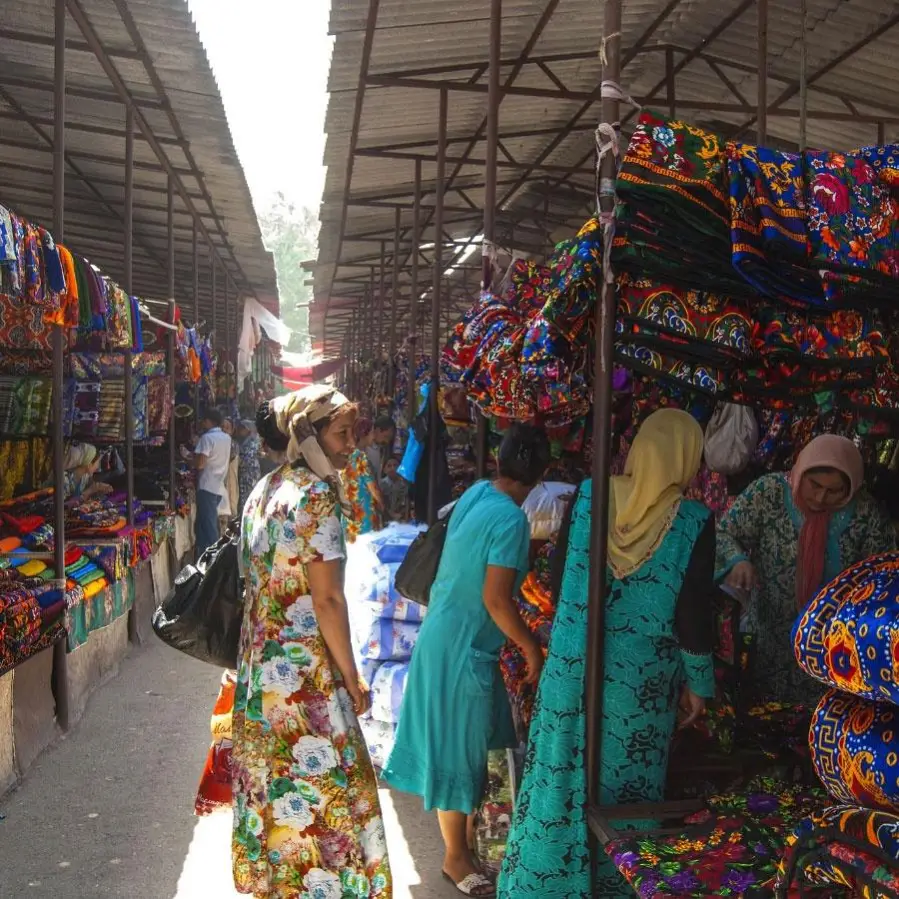
Uzbeks are the fourth largest ethnic group in Afghanistan. According to various sources, Uzbek tribes number around 2 million people in Afghanistan. Due to the lack of up-to-date censuses for decades, it is estimated that Uzbeks make up between 6% and 9.2% of the population of this multinational country.
There are several hypotheses explaining the origin of the word "Uzbek." One of them derives the name from Uzbek's own name, found among the Oguz tribes. There are references to this name in Arabic and Persian sources. One of the commanders of the troops of the Shah of Khorezm (the historical land comprising present-day Uzbekistan, Turkmenistan and Iran) in 1221 in Afghanistan was an Uzbek Tai.
At the end of the 14th century, a union of nomadic Turkic-Mongolian tribes, adhering to Islam introduced by the Uzbek Khan, was formed in the east of Cumania (Cuman-Kipchak), and were thus called "Uzbeks." The ethnonym "Uzbek" took hold in the region during the reign of Timur and began to be more widely used after the conquest and partial assimilation of the Cuman nomads. As early as the 16th century, the term-toponym Uzbekistan is encountered. It is also possible that the name Uzbek derives from the word Özbäg = "free man" or from the name of the khan of the Golden Horde - Öz Beg.
Traditional Uzbek clothing
Uzbek folk costumes are very colorful, beautiful, comfortable and part of a rich cultural tradition and a picture of the nation's life. People since time immemorial and all over the world have liked to beautify themselves, and what better way to do it than with clothes. However, clothing, in addition to serving an aesthetic function, should also correspond to climatic conditions and tribal traditions. The main factor that influenced the dress of the Uzbeks was, of course, Islam. Therefore, the elements of clothing are wide, long, without slits, intended to flow freely and completely cover the human body. Traditional Uzbek clothing retained its archaic features until the 20th century. Men's, women's and even children's items were virtually the same in form and cut.
Traditional dress of Uzbek men
Men's attire consisted of a top and bottom khalat, tied with a shawl, a wide rubacha, pants, shoes sewn from thin leather, and a headdress - a tuberejka.
The chalats - chaps were sewn from striped fabric, and had vertical slits on the sides for freedom of movement and comfort sitting on the floor. The cut of the chapan provided for neither buttons nor pockets; the halves of the chalet were connected by short strings in the chest area or by a knotted scarf. The chapan could be a summer one made of thin fabric, or a winter one - warm, quilted with cotton wool.
The everyday men's rubacha - kujlak, widespread throughout the country, was sewn from independently woven cotton cloth, and the only decoration was a ribbon trim around the collar.
Men's pants - ishtone, also did not sin with unnecessary decorations. They were wide sarees, of a loose cut, tapering at the bottom. Buttons, fasteners and pockets were also not provided, and the pants were held on the body by a shawl.
The belt-scarf, or bilbog, was an attribute of men's attire and the only colorful accent in a daily ensemble. It was folded, rolled and tied at the waist, and served as a belt, pockets and even buttons, connecting the halves of the shawl.
The tubetejka - duppi, or doppa, is a complementary piece of Uzbek attire. This cap is more of a tribute to Islamic traditions than a protection of the head from the weather. The Uzbek tubetejka-doppa is, on a par with the Uzbek pilaf or Uzbek yurt, one of the symbols of this nation. It is not just an ordinary headgear, but a kind of business card of its owner. According to the form of the cap and its colors, one can determine what region an Uzbek comes from, his age and social status. Duppi can be simple or fancy. On the dark background of the quadrangular cap is embroidered a white pattern resembling a pepper pod or an almond (kalampir), and at the bottom is an ornament of 16 arches. The duppi is believed to protect against evil forces, charms and various misfortunes.
Traditional Uzbek women's dress
Uzbek women usually wore a tunic-like, straight-cut dress (kujlak) and sharavars (lozim). The festive version used satin fabric and rich gold embroidery. The gown was ankle-length, sometimes flared at the bottom. The sleeves, according to the rules, were also long, hiding the hands. It was not until the late 19th century that the cut of the dress was modernized a bit, with the addition of a yoke, standing collar and cuffs. There was an acquiescence to a more daring use of color in women's clothing, which shone with colorful silks and satins.
Complementing the outfit were wide, lightweight pants - sharavaras, worn under the dress. Their bottom, visible from under the dress, was often trimmed with a colorful ribbon.
The upper part of clothing for women, as for men, was the chalat - mursak. It was long and loose like a tunic, lightweight in the summer and quilted with cotton wool in the winter. In the 19th century, a type of vest appeared in women's closet - the kamzur.
After the emancipation of Eastern women in the early 20th century and the abolition of the burqa, Uzbek women began to use the headscarf as a head covering. Sometimes two headscarves were placed on each head; one was rolled and tied around the head, and the other was imposed on top. Also in the 20th century, the tubetejka-duppi also came into common use, only that it was more colorful and patterned in the women's edition.
Festive outfits for men and women were not particularly distinguished by the variety of cut. Unlike everyday ones, ceremonial clothes were sewn from expensive materials - velvet, brocade, with rich embroidery. Traditionally, women's clothes were supplemented with ornaments, which were not forbidden by Islam.
Jewelry art of the Uzbeks
The art of creating beautiful ornaments from precious metals and stones has been passed among Uzbek jewelers from generation to generation for millennia. It is one of the oldest crafts in the world that has always evoked awe and admiration. The oldest found Uzbek jewelry products date back to the 12th century BC.
Initially, jewelry products were not only an ornament, but also a magical talisman that protected the person who wore it from disease, death, poison, misfortune, and brought good fortune, wealth and happiness. Silver was a symbol of purity, protection against poison and evil spirits. The stone carnelian, which the Uzbeks call khakik, brings health and good luck. Turquoise gives good fortune in battle and also improves eyesight, pearl unifies.
Inherent in the female attire of Uzbek women of all ages were ornaments of silver and gold. Whole sets of jewelry were prepared on the occasion of marriage, and some of these ornaments were worn by a woman after marriage until the birth of her first child.
Among traditional Uzbek jewelry products, cases for amulets - tamors - stand out in a special form. They are made in the shape of triangles, facing upwards, rectangles and polygons, as well as cylinders. Tamors are not only carefully ornamented with filigree, granulation or enamel, but also equipped with inscriptions of prayers. Tamors were suspended from necklaces or worn on a chain on the chest. Sometimes two-three amulets were placed at the same time in different configurations.
Necklaces made of bunches of colorful beads are a favorite decoration. Large and small beads are interlaced with rows of chains. Very popular are necklaces made of beads strung alternately with coins or metal plates. Often a large medallion with ornaments and stones is inserted into the necklace.
Extremely elaborate in form and workmanship are the traditional earrings of Uzbek women. In the old days, fashionable Uzbek women would put two pairs of earrings in their ears at the same time. They wear rings on all fingers except the third. They are set with stones favored in the East - rubies, turquoise, pearls, carnelians, often small eyes surrounding a large stone.
Every piece of even the most modest women's jewelry includes bracelets. They can be closed, with clasps and open. They are often worn in pairs. They are openwork with an embossed design or massive, decorated with stones.
Ethnic Jewelry
-
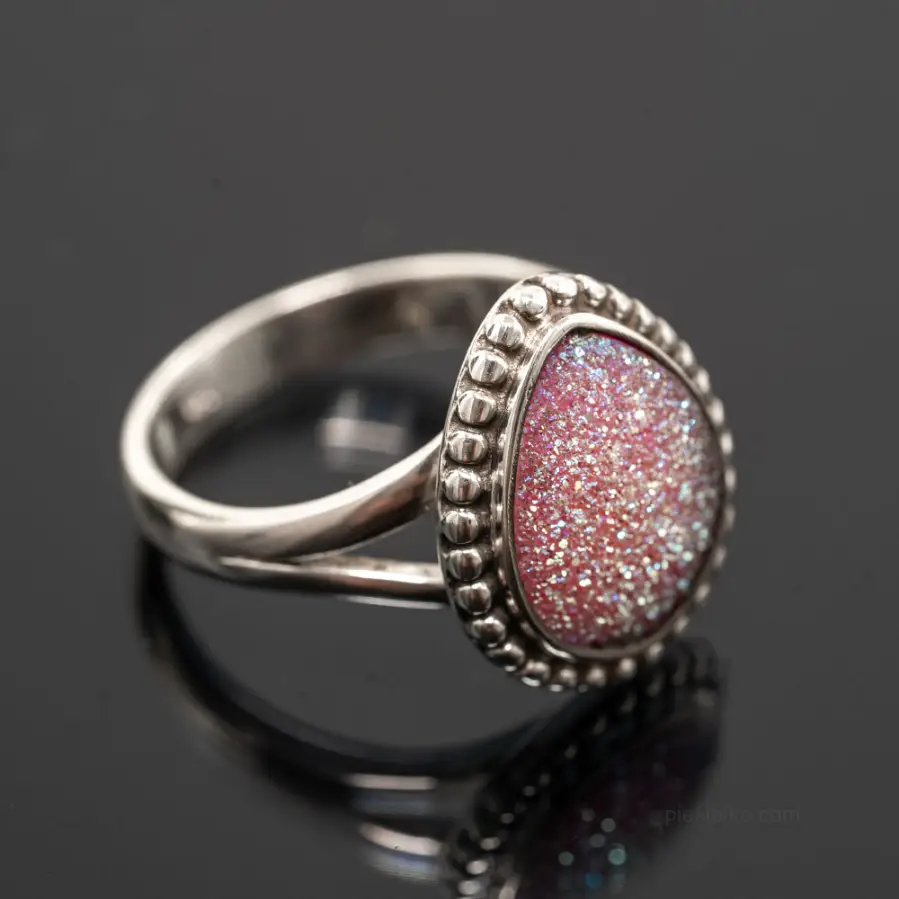
Space nebula - titanium drusen
280,00252,70 -
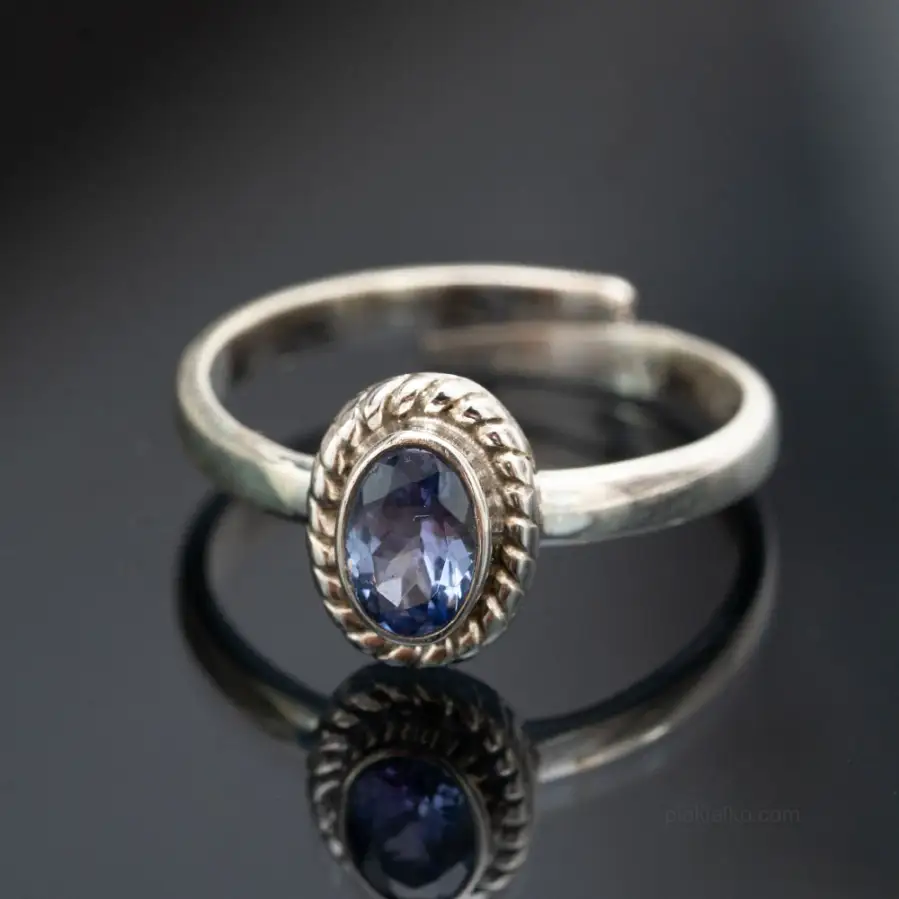
Natural tanzanite - a blue glow of luxury
420,00379,05 -
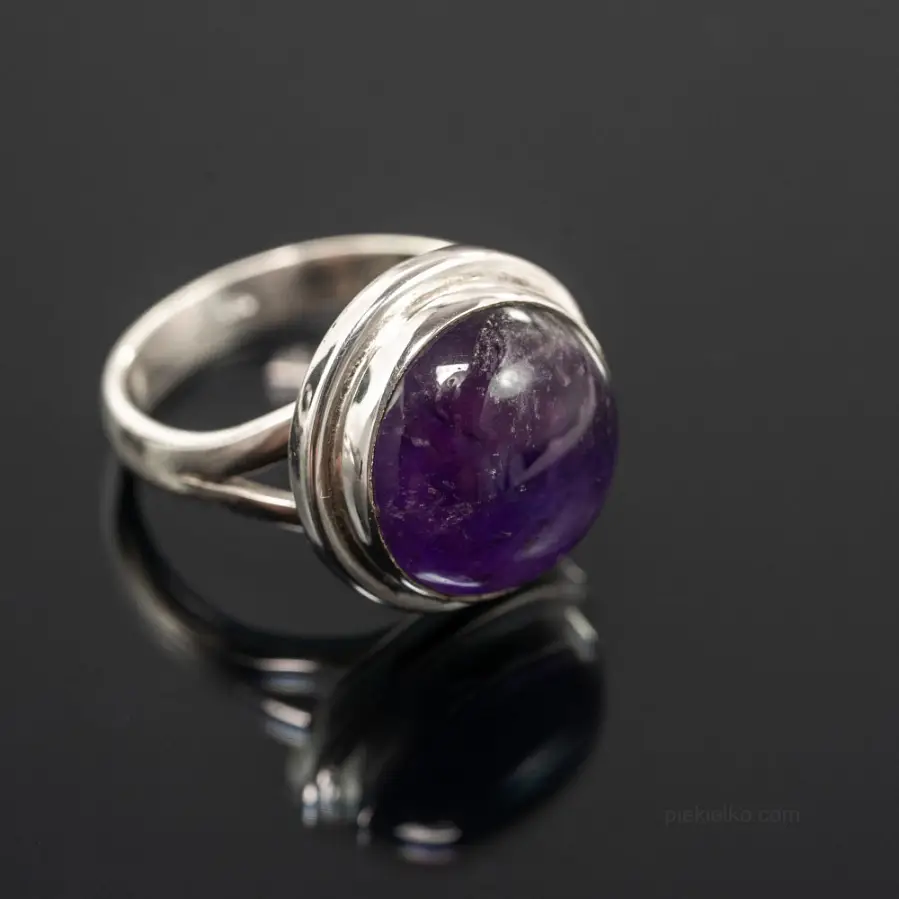
Purple Touch - Unique Ring
340,00306,85 -

Royal Elegance – Silver Signet Ring with Faceted Lapis Lazuli
420,00379,05 -
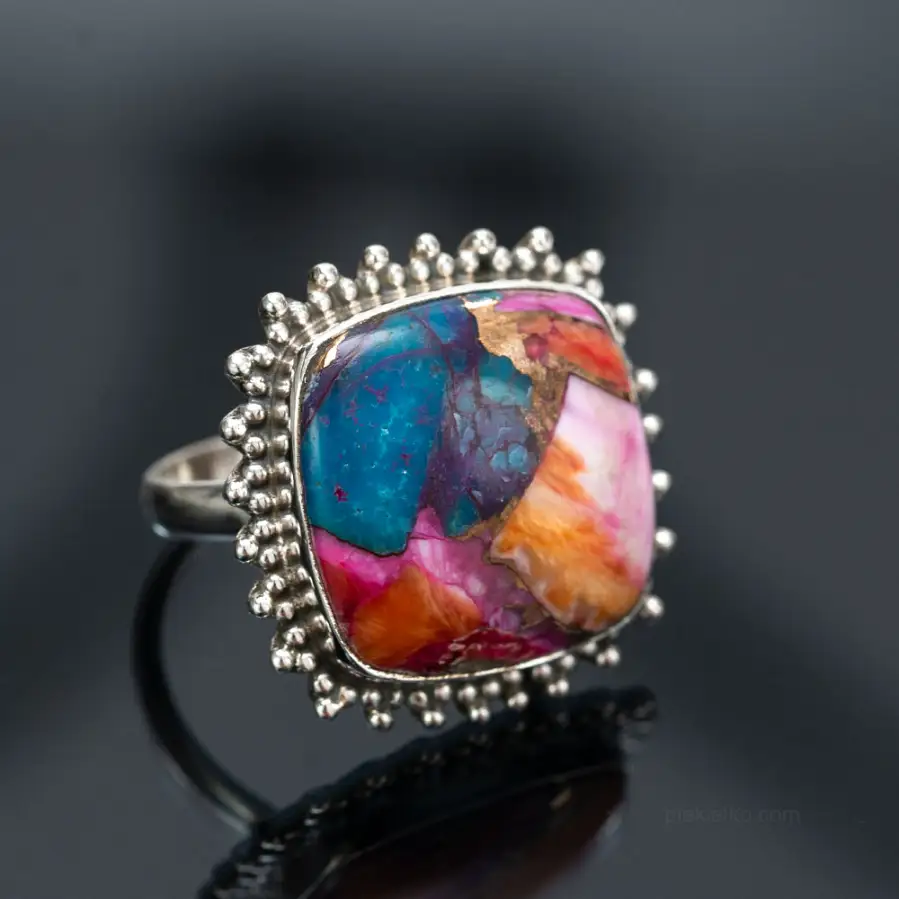
Silver ring - turquoise with copper vein
360,00324,90 -
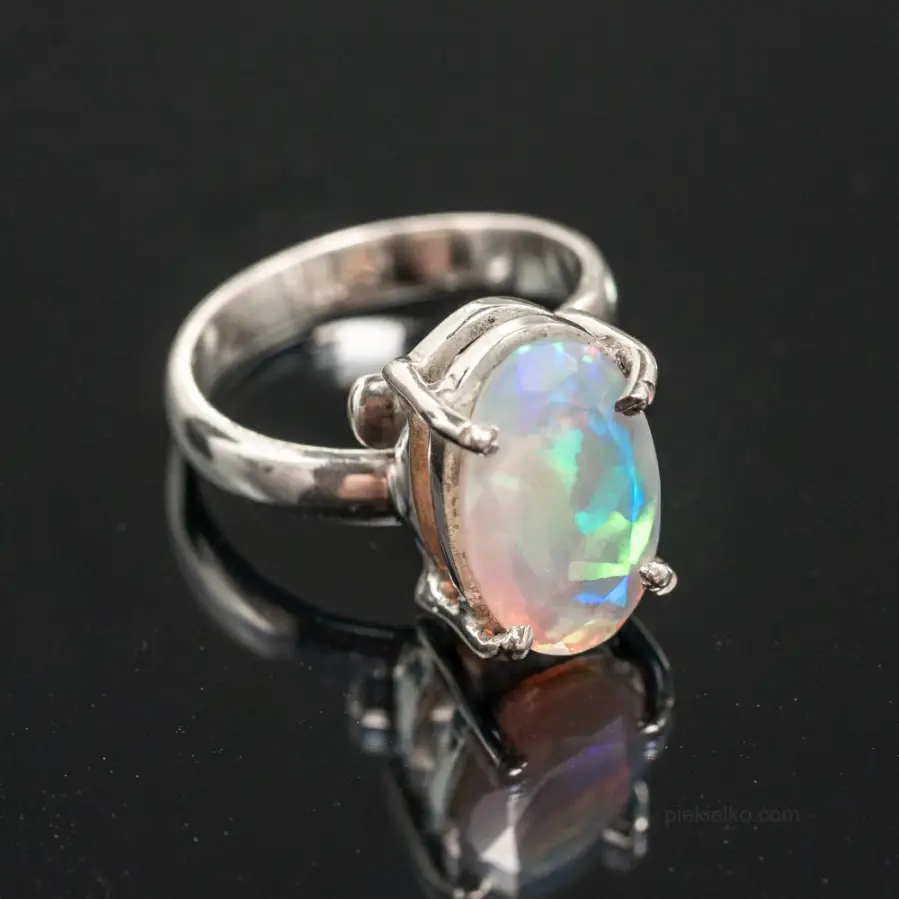
African Glow - Opal Ring
530,00478,33 -
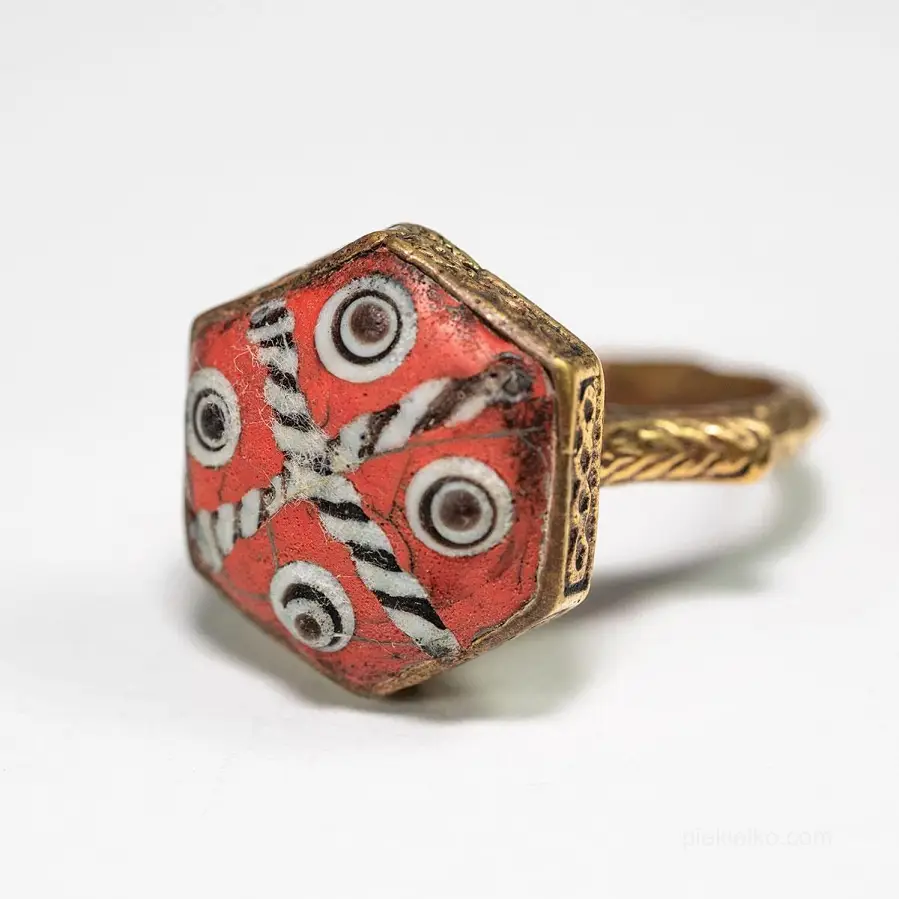
Ring with gabri glass
98,0093,10 -
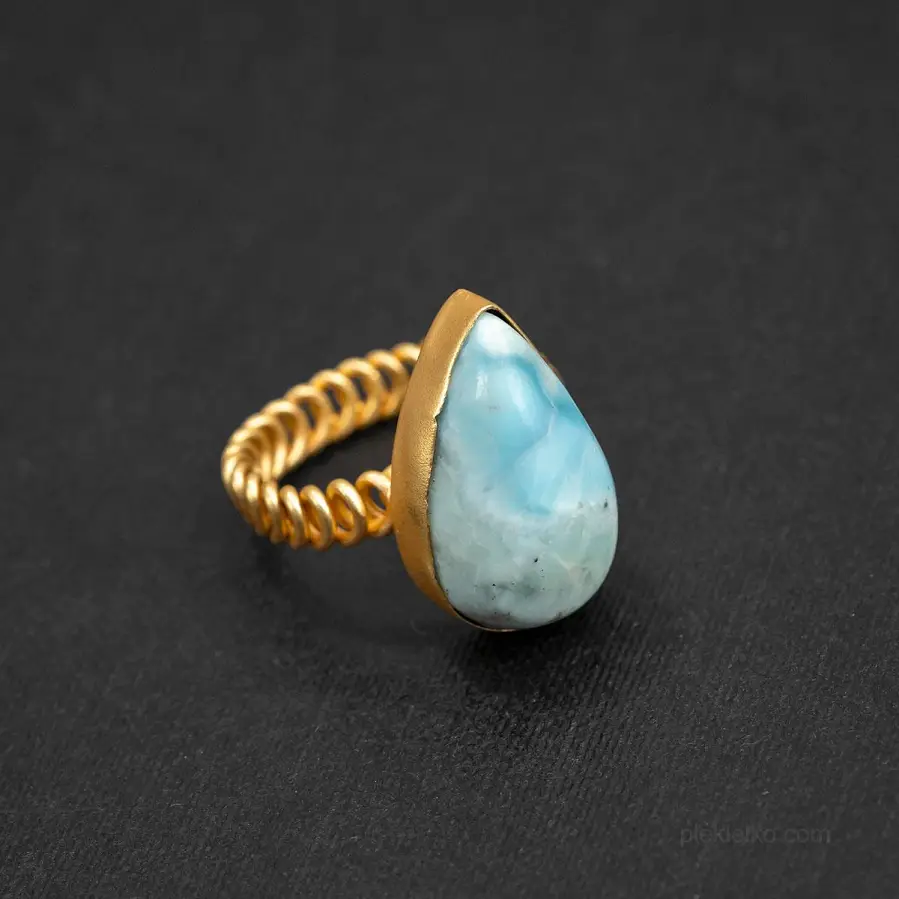
Gold plated larimar ring
210,00119,70 -
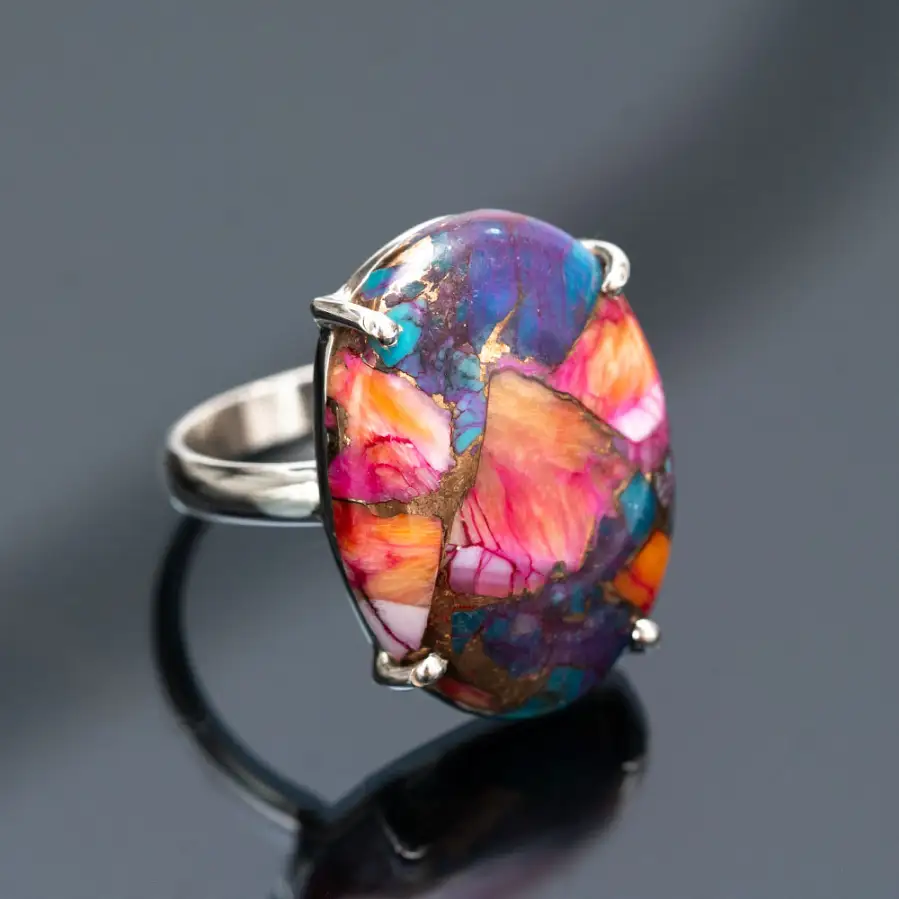
Silver ring with purple turquoise
370,00333,93 -

Ring with blue lapis lazuli
198,00188,10 -
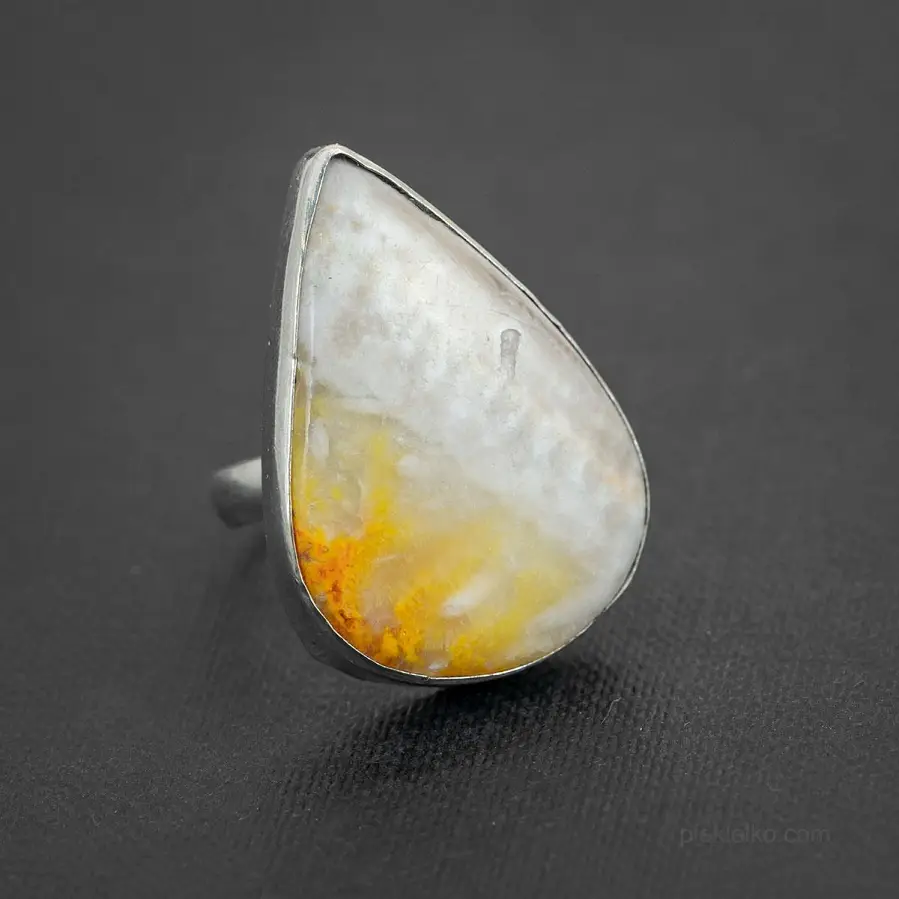
Natural bumblebee jasper – ring
212,00201,40 -
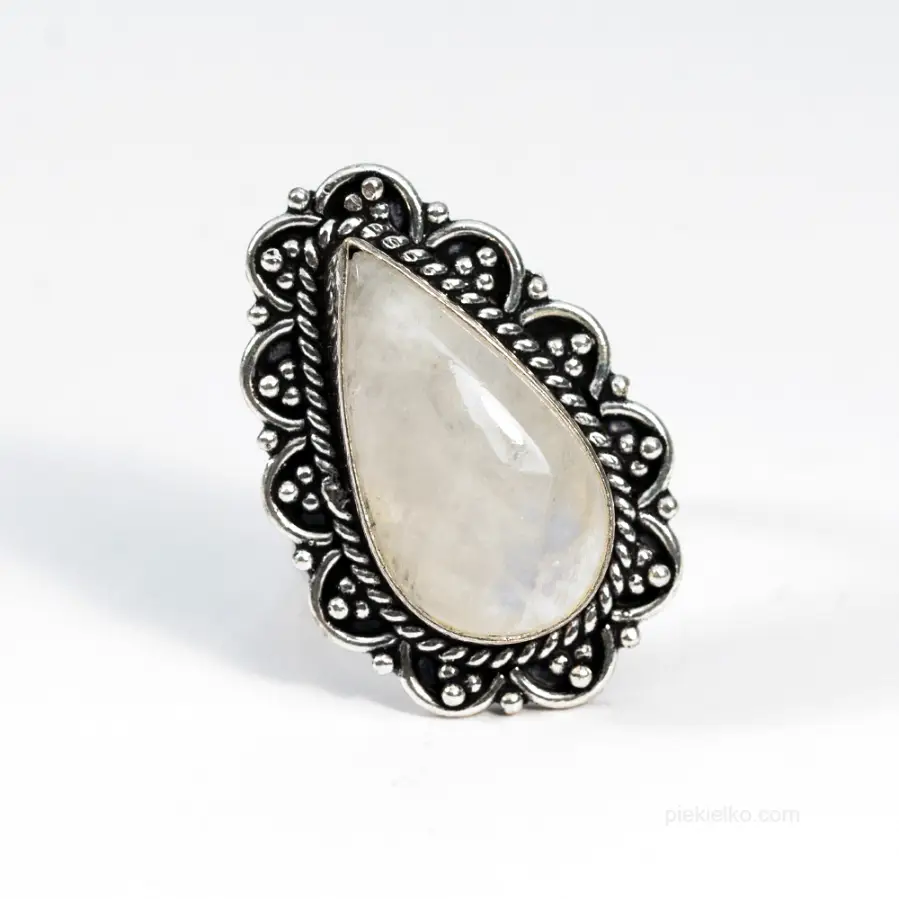
Elegant large ring with moonstone
185,00175,75 -
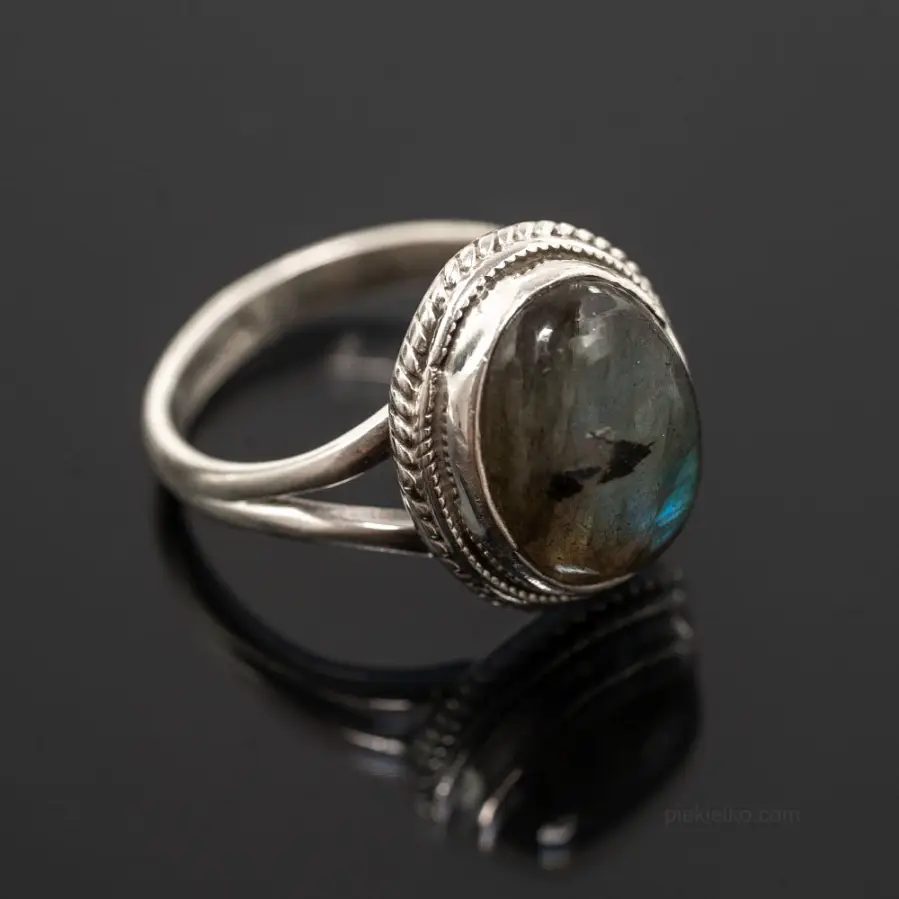
Oval natural blue labradorite ring
260,00234,65 -

Large Ring with Natural Rose Quartz
570,00514,43 -
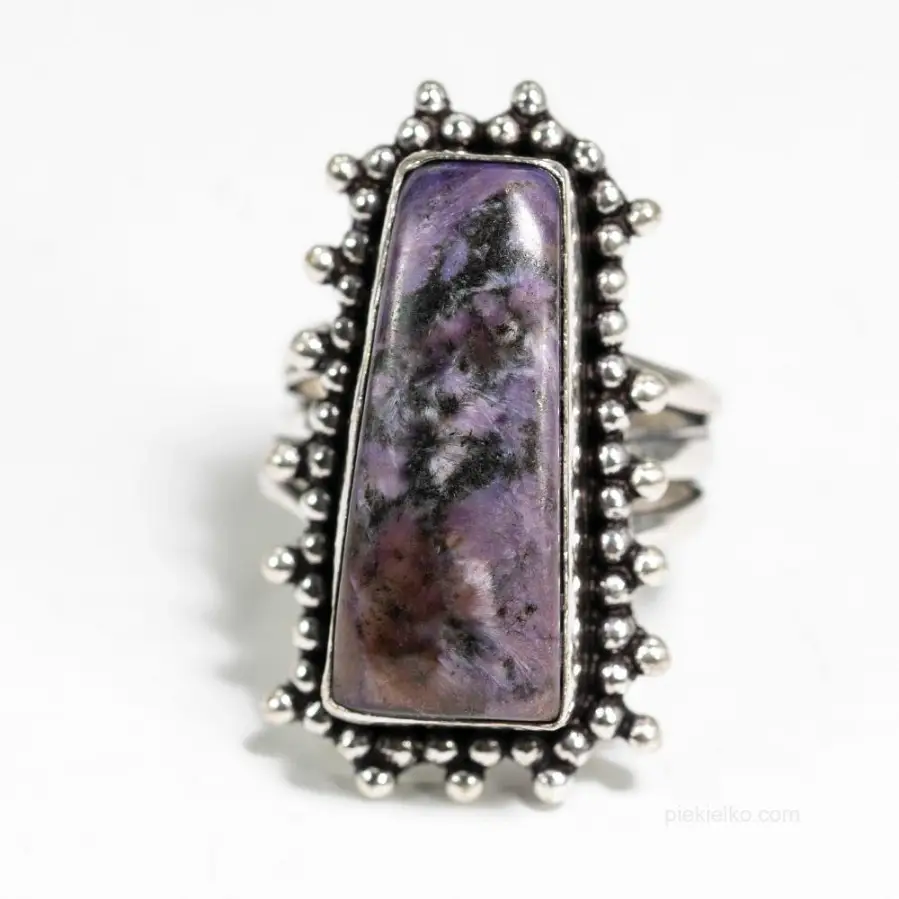
Ring with Russian Charoite
199,00113,43 -
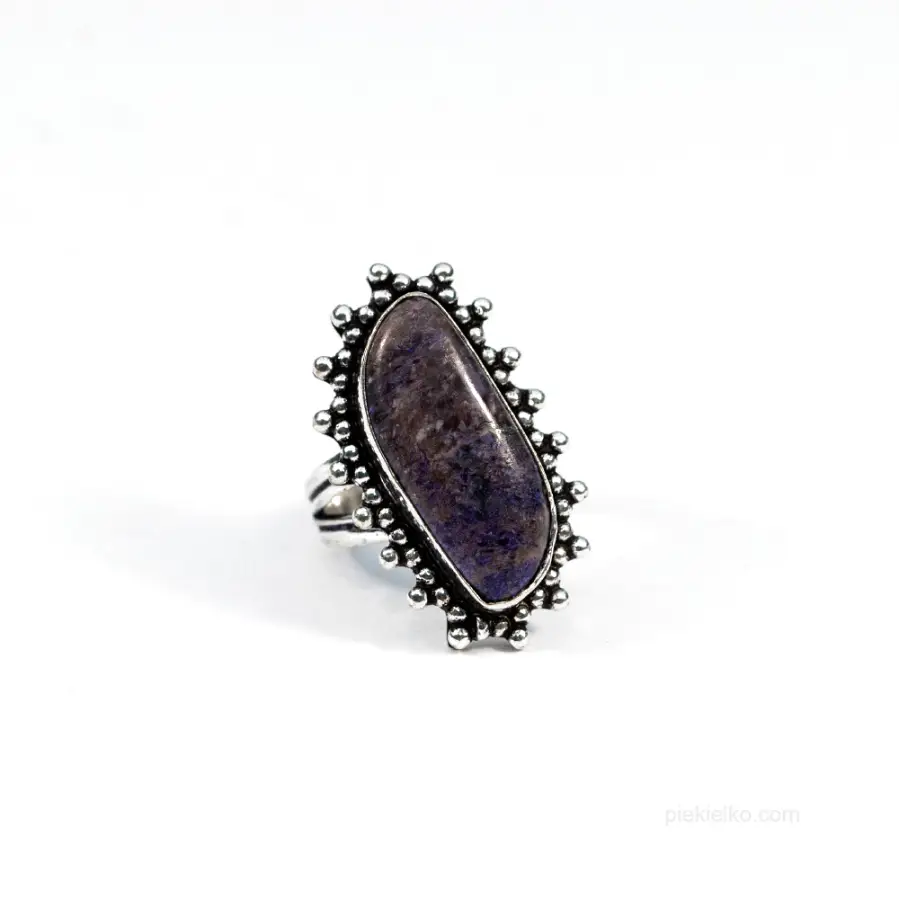
Silver plated ring with Russian Charoite
190,00180,50 -
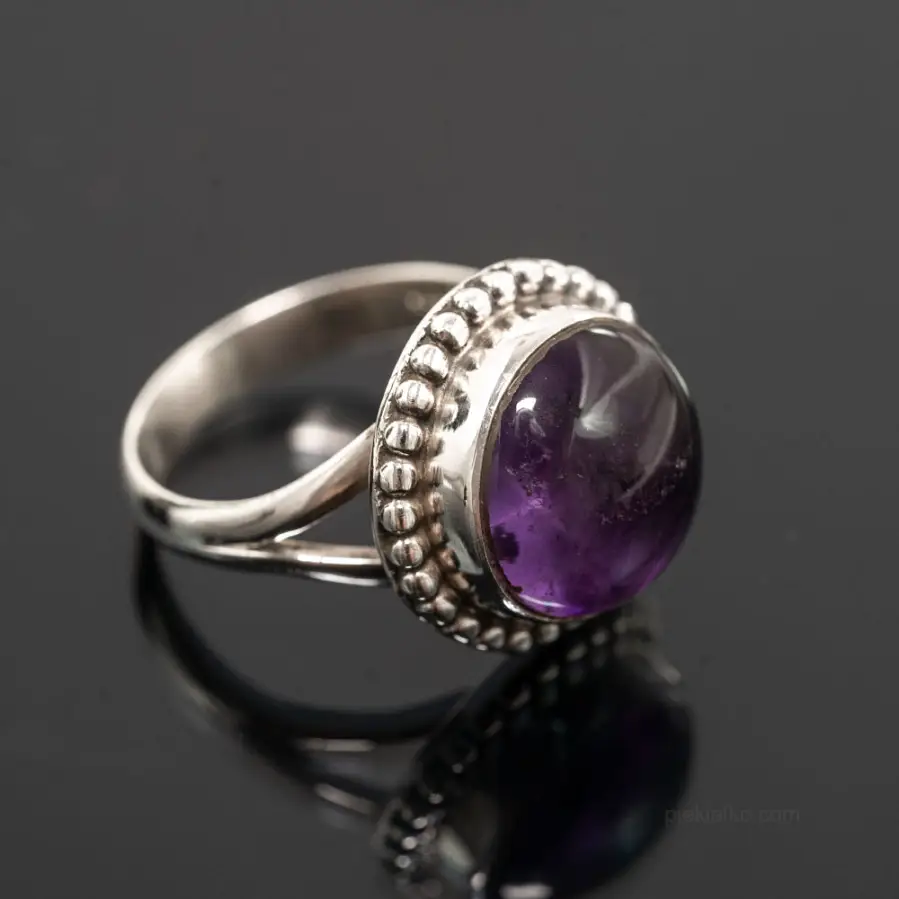
Amethyst ring
290,00261,73 -
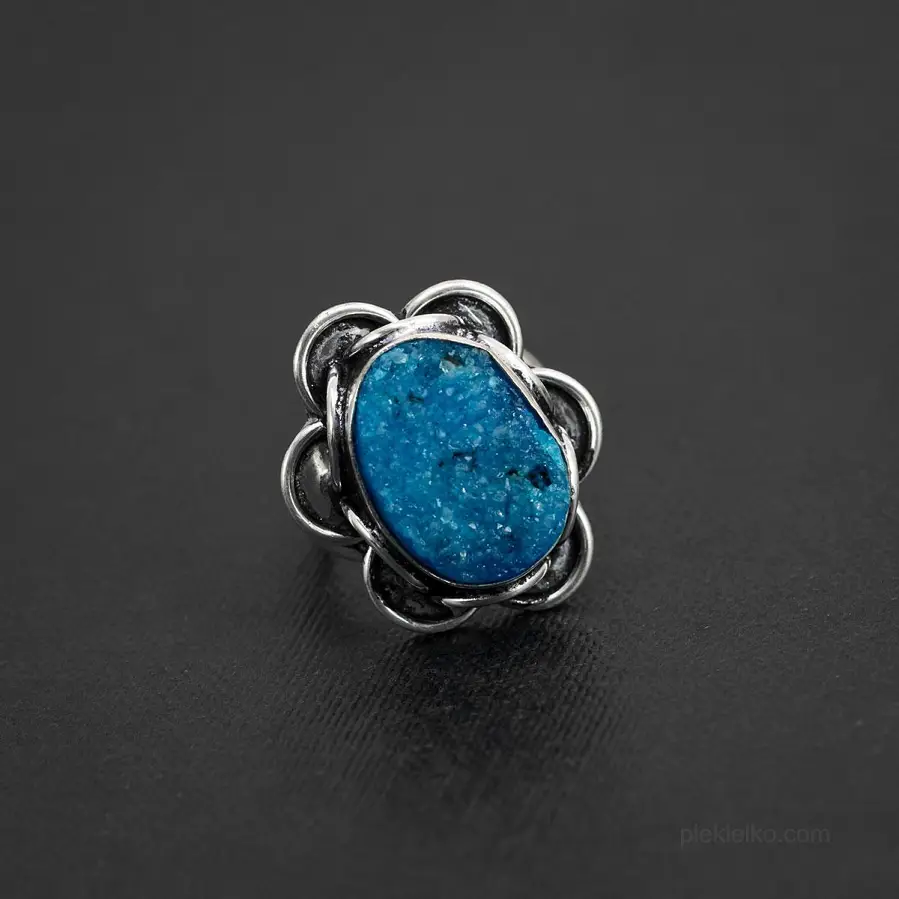
Quartz sugar druzy ring
155,0088,35 -
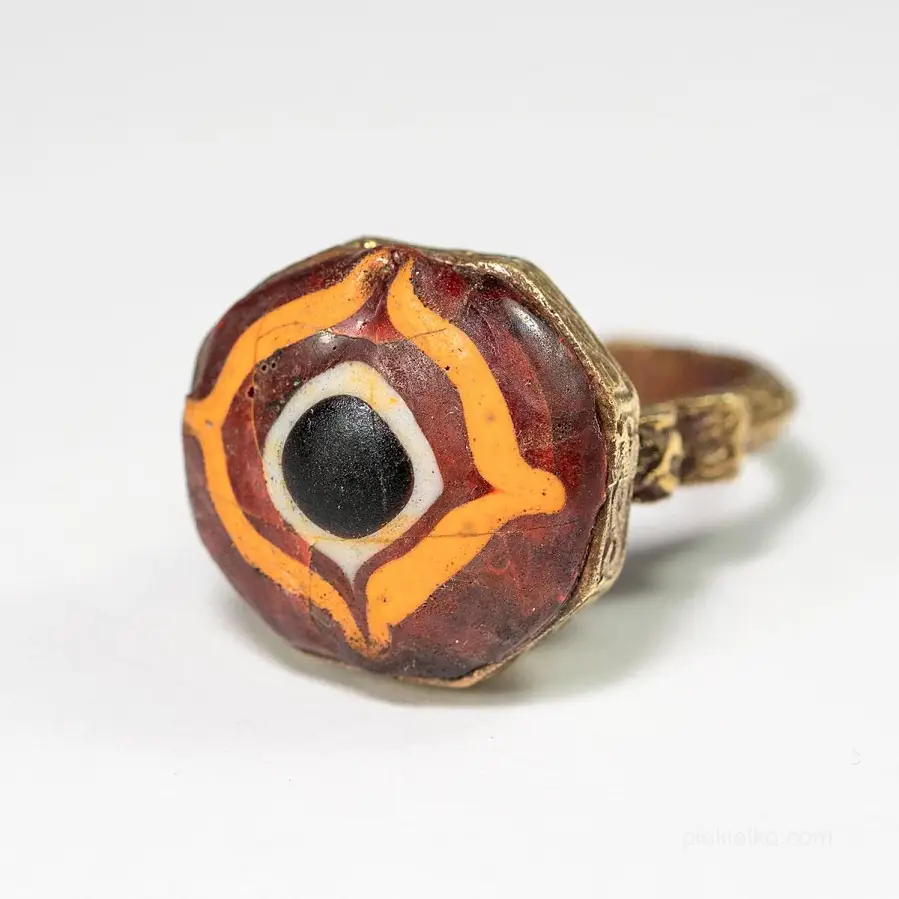
Brass Gabri Glass signet ring
98,0093,10 -

Subtlety and Clarity in One Ring
335,00302,34



© Piekielko.com

